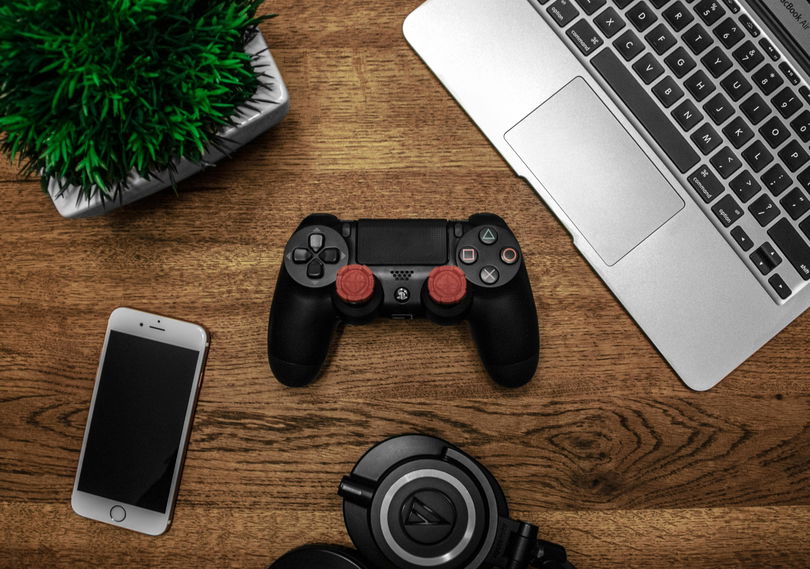
Gamification is transforming everything from how we learn and work to how we play and spend. This article explores the rise of gamification across industries, highlighting its major impact on online casinos, the influence of games like Rainbow Six Siege and how game mechanics are shaping our everyday experiences.
Gamification is rapidly reshaping the way we live, work and play. From productivity apps and marketing campaigns to online casinos and tactical shooters like Rainbow Six Siege, gamification has evolved into a powerful tool to increase engagement, motivation and user retention. As digital environments become more interactive and competitive, the lines between entertainment, work and everyday life are becoming increasingly blurred.
What is Gamification?
Gamification involves incorporating elements such as point scoring, leaderboards, levels, rewards and challenges into systems that are not inherently games. The goal is to make activities more appealing and to tap into the human desire for competition, achievement and status.
These game-like experiences are designed to influence behavior, whether encouraging users to stay fit, finish work tasks or engage more deeply with a product or service. While gamification was once limited to basic loyalty programs or educational games, it now plays a major role in multiple high-growth industries.
Online Casinos Present A Gamified Revolution
One of the most prominent examples of gamification is within the online casino industry. Digital gambling platforms are no longer just about spinning reels or placing bets, as reported by GamesHub, they’re immersive ecosystems built to entertain and retain players over time. Many online casinos now feature tiered loyalty systems, daily missions, badge collections, seasonal events and even story-driven interfaces.
These elements borrow heavily from video games, where progression and achievement are key to sustained player interest. For instance, crash games and live dealer experiences are gamified with real-time leaderboards and unlockable bonuses. This makes online casino gaming feel less like a one-off event and more like an ongoing challenge, encouraging players to return and climb the ranks.
Rainbow Six Siege is Tactical Gamification in Action
Rainbow Six Siege (R6S), Ubisoft’s highly strategic first-person shooter, is another stellar example of gamification’s impact. Although it’s inherently a game, its design techniques have influenced gamification practices elsewhere.
R6S features seasonal updates, ranked ladders, character unlocks (Operators), and performance stats, all designed to keep players motivated. Players are rewarded for teamwork, tactical thinking and skill development, not just raw kill counts. These mechanics serve to foster long-term engagement and mastery, something that marketers and app developers have taken note of.
In fact, elements from R6S, like tiered ranking systems and role specialization, are increasingly mirrored in non-gaming platforms. Workplace productivity apps now offer badges for collaboration, skill-based leaderboards and progression metrics to simulate the rewarding experience of tactical games.
Gamification Across Other Industries
Beyond casinos and gaming, several major industries have embraced gamification with compelling results:
- Education: Platforms like Duolingo use streak counters, XP points, and achievement badges to turn learning into a competitive challenge. This helps maintain learner motivation over time.
- Fitness: Apps like Fitbit and Strava gamify exercise by allowing users to earn badges, track milestones and compete with friends, transforming routine workouts into engaging challenges.
- Corporate Training and Workplaces: Many businesses now implement gamified learning modules for onboarding or skill development. Leaderboards, quizzes and real-time progress tracking are commonly used to foster friendly competition and boost engagement.
- Marketing and Retail: Loyalty programs now often include missions, point-based systems and exclusive tiered benefits, driving customer retention and deeper brand involvement.
The Broader Impact on Daily Life
The influence of gamification is everywhere, from how we bank to how we improve our mental health. Meditation apps use streaks to encourage daily mindfulness. Credit card apps offer “levels” of perks based on spending behavior. Even job-hunting platforms sometimes provide scorecards or “profile strength” indicators to guide users toward better outcomes.
However, as gamification continues to shape our digital experiences, it also raises important questions about user autonomy and behavioral nudging. When used ethically, gamification can create positive outcomes, like healthier lifestyles or better learning habits. But when used excessively, especially in industries like online gambling, it can blur the lines between entertainment and exploitation.
Final Thoughts
Gamification has become more than a passing trend; it’s a fundamental design principle changing how we interact with the world. Whether you're playing Rainbow Six Siege, spinning at an online casino or leveling up your language skills, gamified systems are working behind the scenes to shape your experience. As more industries adopt these techniques, understanding the psychology and design behind gamification becomes key to making informed choices in both work and play.